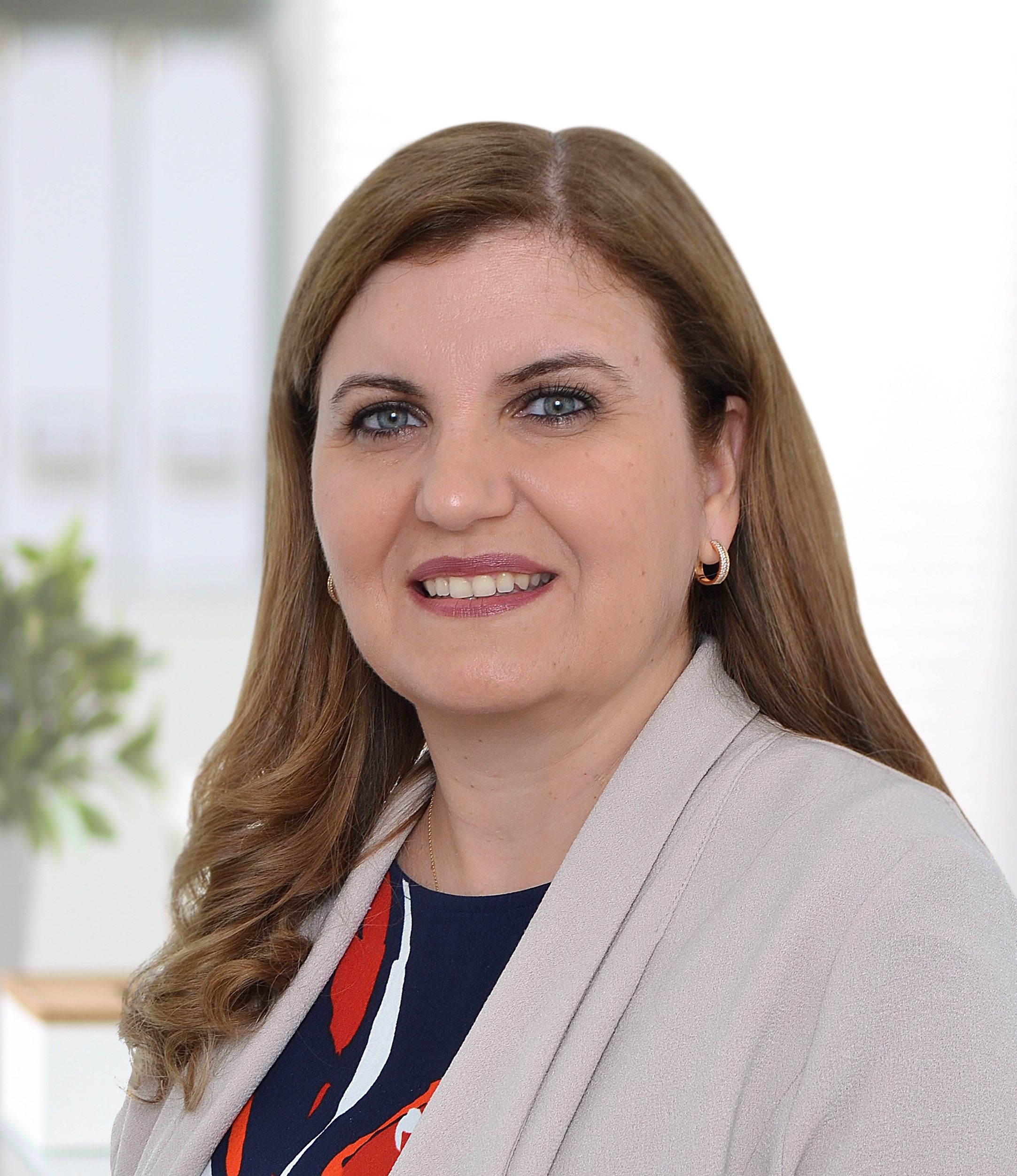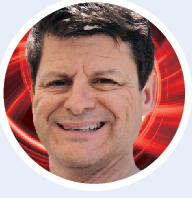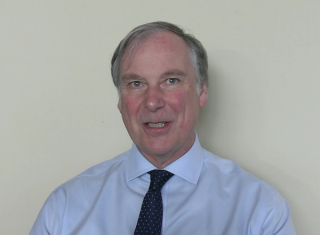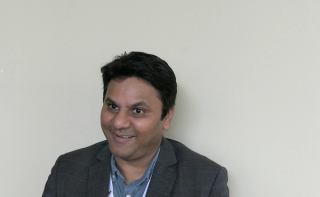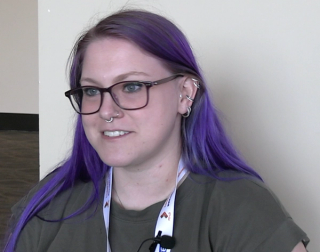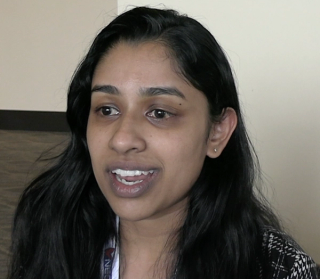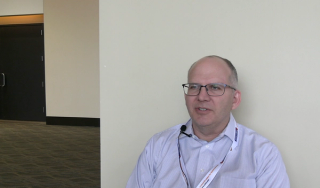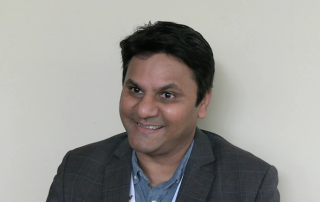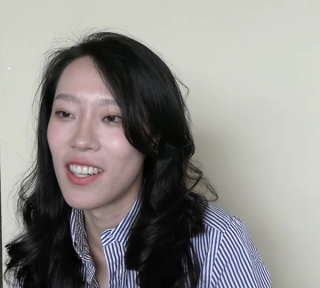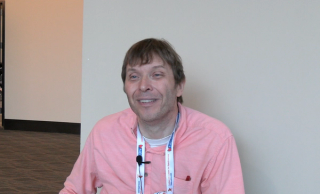
Spectroscopy Interviews
Latest News
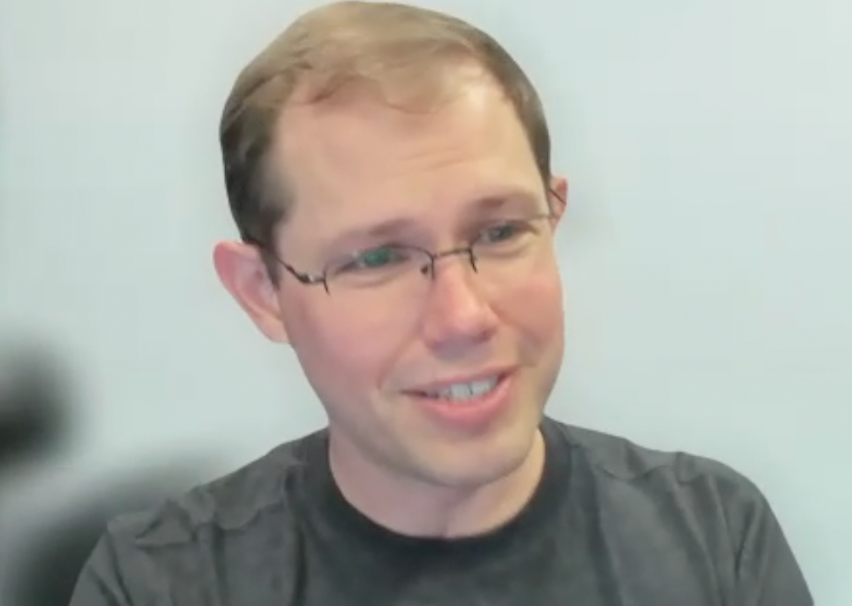
In the lead-up to the International Symposium on Molecular Spectroscopy conference, Brett McGuire of the Massachusetts Institute of Technology sat down with Spectroscopy to preview the ISMS conference.
Latest Videos

More News


In Part IV of our conversation with Pooja Sheevam, she discusses how scanning electron microscopy with an energy-dispersive X-ray spectroscopy (SEM-EDS) and bulk X-ray fluorescence (XRF) were used to better understand fluid-rock interactions.

In Part III, our discussion with Pooja Sheevam focused on the use of long-wave IR (LWIR) spectroscopy in analyzing basaltic rocks.

In this interview segment, Pooja Sheevam elaborates on what LWIR and SWIR are and what advantages they both offer when analyzing Hawaiian geology.

In Part I of our video interview with Pooja Sheevam, she discusses why she and her team used both LWIR and SWIR spectroscopy in analyzing Hawaii's PTA-2 drill core, and how the two techniques complemented each other in the study.

In this Q&A, Pooja Sheevam discusses why she used both long-wave infrared (LWIR) and short-wave IR (SWIR) spectroscopy in analyzing the PTA-2 drill core.

In the final part of this three-part interview, Ayanjeet Ghosh of the University of Alabama and Rohit Bhargava of the University of Illinois Urbana-Champaign talk about the key performance metrics they used to evaluate their model, and what the future of neurodegenerative disease research looks like.
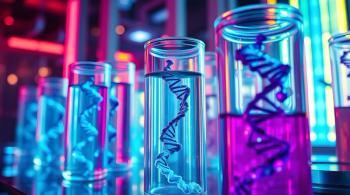
In the second part of this three-part interview, Ayanjeet Ghosh of the University of Alabama and Rohit Bhargava of the University of Illinois Urbana-Champaign discuss how machine learning (ML) is used in data analysis and go into more detail about the model they developed in their study.

In the first part of this three-part interview, Ayanjeet Ghosh of the University of Alabama and Rohit Bhargava of the University of Illinois Urbana-Champaign discuss their interest in using discrete frequency infrared (IR) imaging to analyze protein secondary structures.
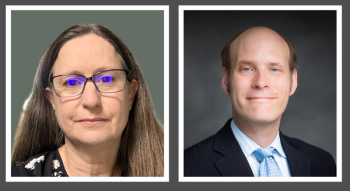
In this final part of our conversation with Harrington and Seibert, they discuss the main challenges that they encountered in their study and how we can improve elemental impurity analysis in pharmaceutical quality control.

In Part II of our conversation with James Harrington of RTI International in Research Triangle Park, North Carolina, who was the lead author of this study, as well as coauthor Donna Seibert of Kalamazoo, Michigan, they talk about the reproducibility for Hg and V, as well as the ICP-MS and XRF results compare to one another.

Spectroscopy sat down with James Harrington of Research Triangle Institute (RTI International) in Research Triangle Park, North Carolina, who was the lead author of this study, as well as coauthor Donna Seibert of Kalamazoo, Michigan. In Part I of our conversation with Harrington and Seibert, they discuss the impact of ICH Q3D and United States Pharmacopeia (USP) <232>/<233> guidelines on elemental impurity analysis and how they designed their study.

In this edition of “Inside the Laboratory,” Johanna Nelson Weker of SLAC National Accelerator Laboratory discusses her laboratory’s work in battery analysis. In the final part of our interview, Weker continues our discussion of battery cell geometries and why computed laminography is a good technique to use for this purpose.

In Part 3 of our conversation with Johanna Weker of SLAC National Accelerator Laboratory, she discusses battery cell geometry configurations and how they inform battery design.
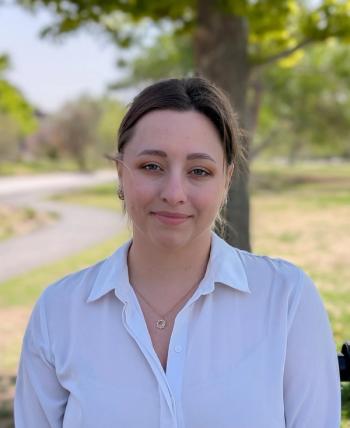
In this extended Q&A interview, we sit down with Kelsey Williams, a postdoctoral researcher at Los Alamos National Laboratory (LANL), who is working on planetary instrumentation using spectroscopic techniques such as laser-induced breakdown spectroscopy (LIBS) and laser ablation molecular isotopic spectrometry (LAMIS). In the final part of our conversation with Williams, she discusses how laser-based spectroscopic techniques might be used in the future to advance space exploration.

In this extended Q&A interview, we sit down with Kelsey Williams, a postdoctoral researcher at Los Alamos National Laboratory (LANL), who is working on planetary instrumentation using spectroscopic techniques such as laser-induced breakdown spectroscopy (LIBS) and laser ablation molecular isotopic spectrometry (LAMIS). In Part III, Williams goes into detail about ChemCam and SuperCam and how LIBS is used in both these instruments.

In this extended Q&A interview, we sit down with Kelsey Williams, a postdoctoral researcher at Los Alamos National Laboratory (LANL), who is working on planetary instrumentation using spectroscopic techniques such as laser-induced breakdown spectroscopy (LIBS) and laser ablation molecular isotopic spectrometry (LAMIS). In Part II of our conversation with Williams, she talks about the potential of mass spectrometry (MS) in space exploration applications.
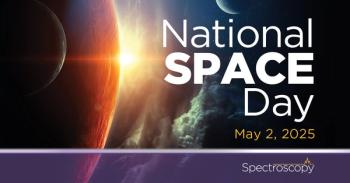
Join us in celebrating National Space Day! Today, Spectroscopy magazine is teaming up with the Society for Applied Spectroscopy (SAS) to honor National Space Day and highlight the latest advancements in space exploration.

In honor of National Space Day, we interviewed Kelsey Williams, who is a postdoctoral researcher at Los Alamos National Laboratory (LANL) working on planetary instrumentation using spectroscopic techniques such as laser-induced breakdown spectroscopy (LIBS) and laser ablation molecular isotopic spectrometry (LAMIS). In Part I of our interview with Williams, she discusses how her background led her to her current position at LANL.

In Part 2 of our video interview with Johanna Weker of SLAC National Accelerator Laboratory, she discusses nutrient recovery systems and how X-ray techniques can improve them.

"Inside the Laboratory" is a joint series with LCGC and Spectroscopy profiling analytical scientists and their research groups at universities worldwide. This series spotlights the current chromatographic and spectroscopic research their groups are conducting and the importance of their research in analytical chemistry and specific industries. In this edition of “Inside the Laboratory,” Johanna Nelson Weker of SLAC National Accelerator Laboratory discusses her laboratory’s work in battery analysis.

In this brief segment from my full-length conversation with Monica Arienzo of the Desert Research Institute, she discusses the important key findings of her study.

In this brief segment from my full-length conversation with Monica Arienzo of the Desert Research Institute, she discusses the important key findings of her study.

In this brief segment from my full-length conversation with Monica Arienzo, who was the lead author of this study, she discusses whether there was a correlation between the different types of litter and the polymer type.

In this brief segment from my full-length conversation with Monica Arienzo, she explains why ATR FT-IR spectroscopy was the ideal technique of choice for her study characterizing polymers from the litter found on the lakebed of Lake Tahoe.

